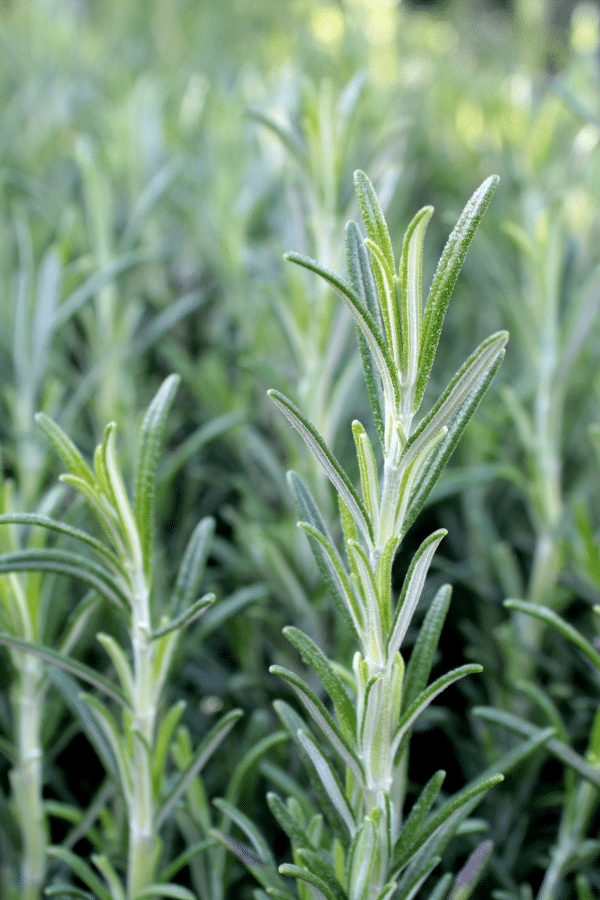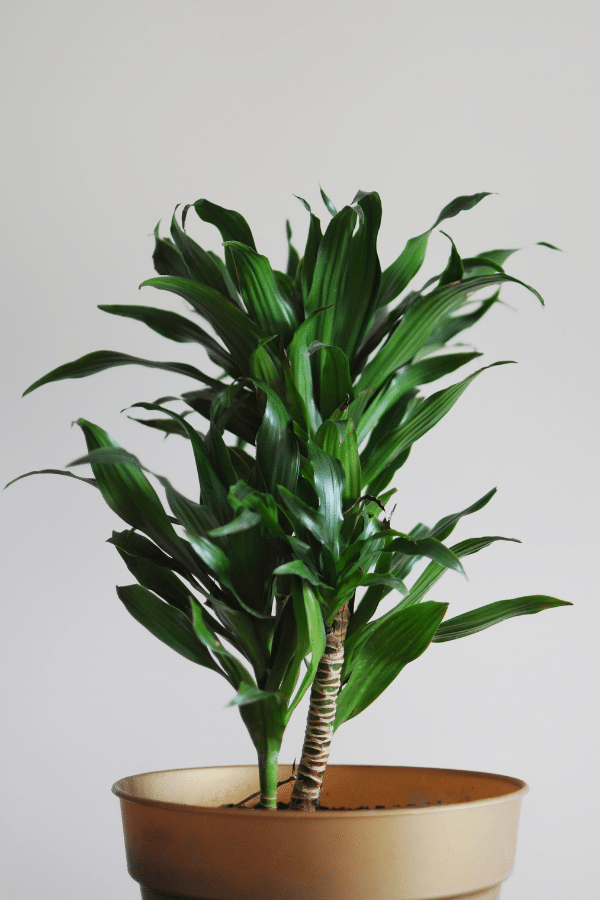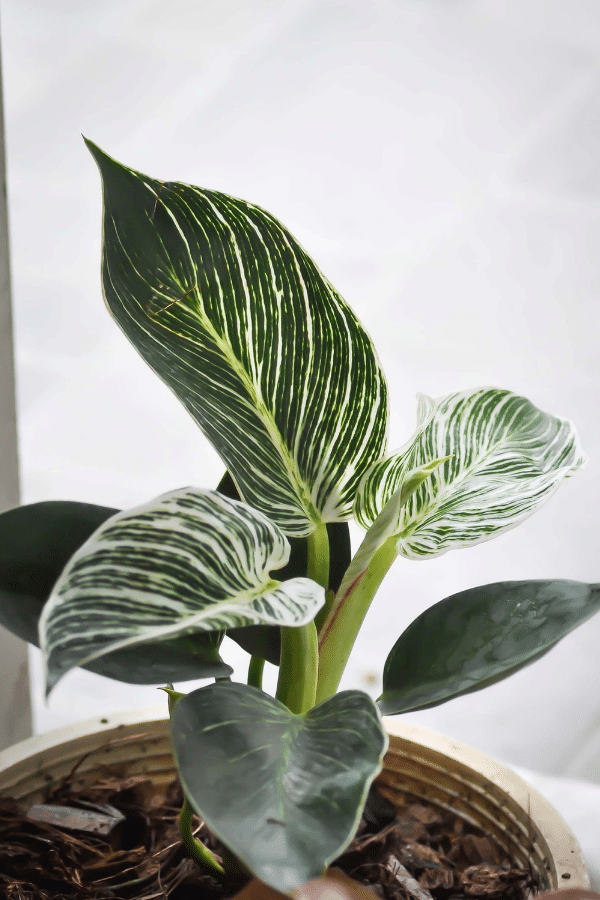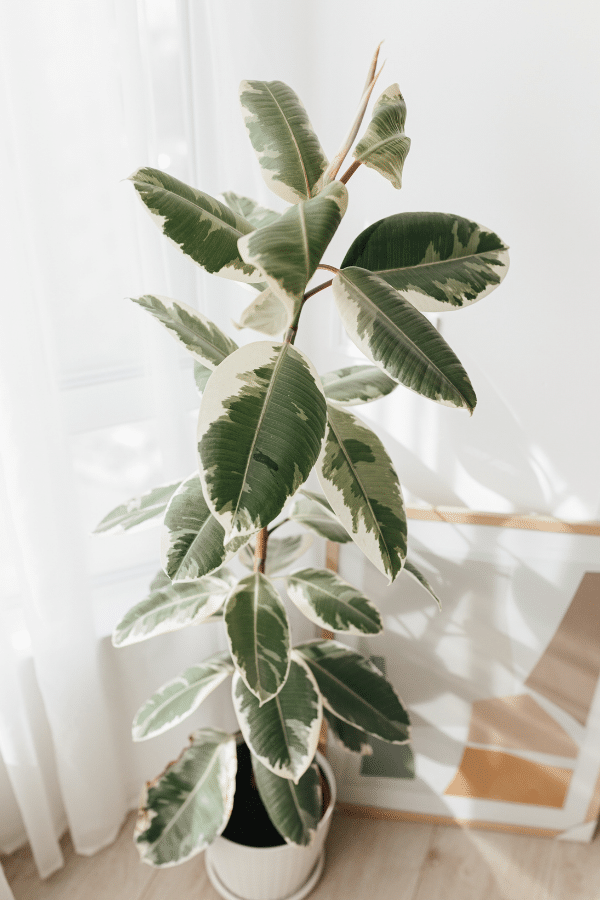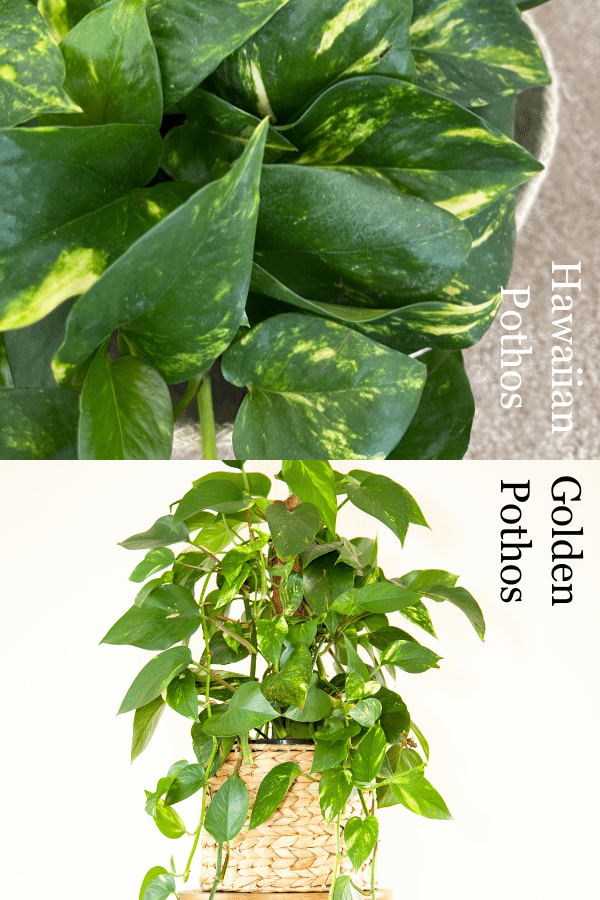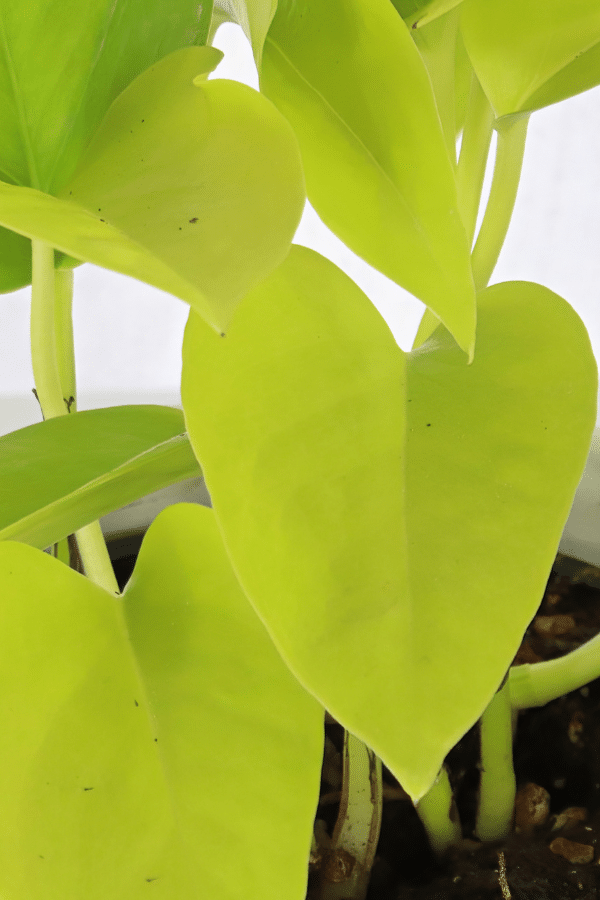Epipremnum Aureum vs. Epipremnum Pinnatum
You’ve probably heard of Epipremnum Aureum and Epipremnum Pinnatum, often both classified as Pothos. These two plants are often compared and can sometimes be confused with one another. However, they have some distinct differences that set them apart.
Epipremnum Aureum, also known as Devil’s Ivy, is a popular houseplant due to its ease of care and ability to thrive in low light conditions. There are many different types of Epipremnum Aureum, such as Neon Pothos and Manjula Pothos. On the other hand, Epipremnum Pinnatum, is a more unique and exotic plant with elongated, pointed leaves. Its leaves are typically solid green but can also have silver or white variegation depending on the variety such as Epipremnum Pinnatum Albo or Epipremnum Pinnatum Baltic Blue.
While both plants are part of the same Epipremnum genus and have similar care requirements, their differences in appearance and growth habits make them stand out from one another. In this article, we’ll dive deeper into the characteristics of Epipremnum Aureum vs Epipremnum Pinnatum and explore the pros and cons of growing them in your home.
Epipremnum Aureum Overview
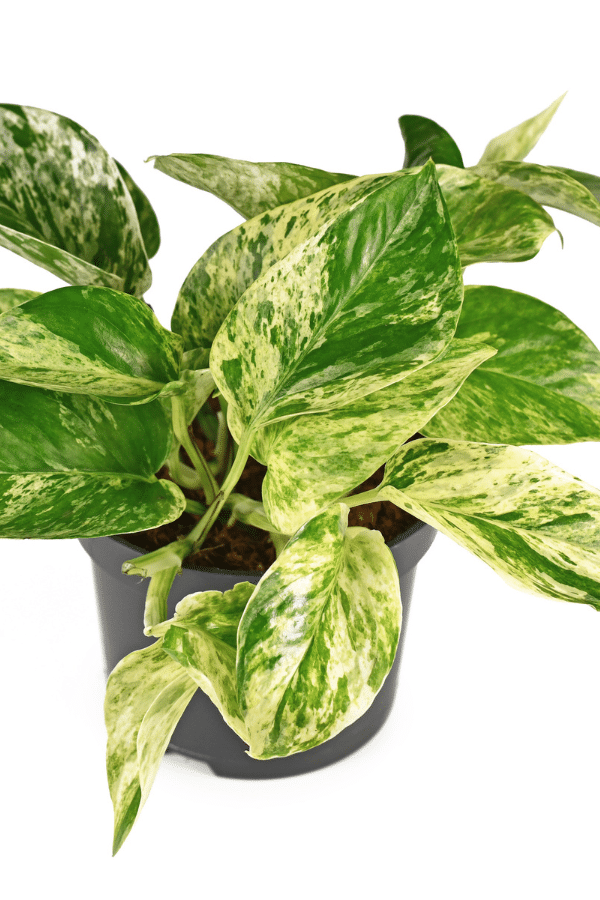
Epipremnum Aureum, also known as Devil’s Ivy or Golden Pothos, is a popular houseplant native to the Solomon Islands. It is a vining plant that can grow up to 10 feet long, making it an excellent choice for hanging baskets or as a trailing plant. It has heart-shaped leaves that are variegated in shades of green and yellow, making it a visually appealing addition to any room.
Epipremnum Aureum is a low-maintenance plant that is easy to care for, making it an ideal choice for beginners. It thrives in bright, indirect light but can also tolerate low-light conditions. This plant likes a soil that is well-draining. Water when the top few inches of soil feels dry to the touch. Overwatering has the possibility of leading to root rot, so it’s important to keep the plant from sitting in standing water.
One of the benefits of Epipremnum Aureum is that it is an air-purifying plant. It can help to remove harmful toxins from the air, making it a great choice for improving indoor air quality. It is also a hardy plant that can withstand a range of temperatures, making it a versatile option for different environments.
Epipremnum Aureum are one of the easiest plants to be propagated through stem cuttings. Simply cut a stem above a node (where the leaf is touching the stem) with a few leaves attached and place it in water or soil until roots develop. This simple process makes it easy to propagate and share with friends and family.
Epipremnum Pinnatum Overview
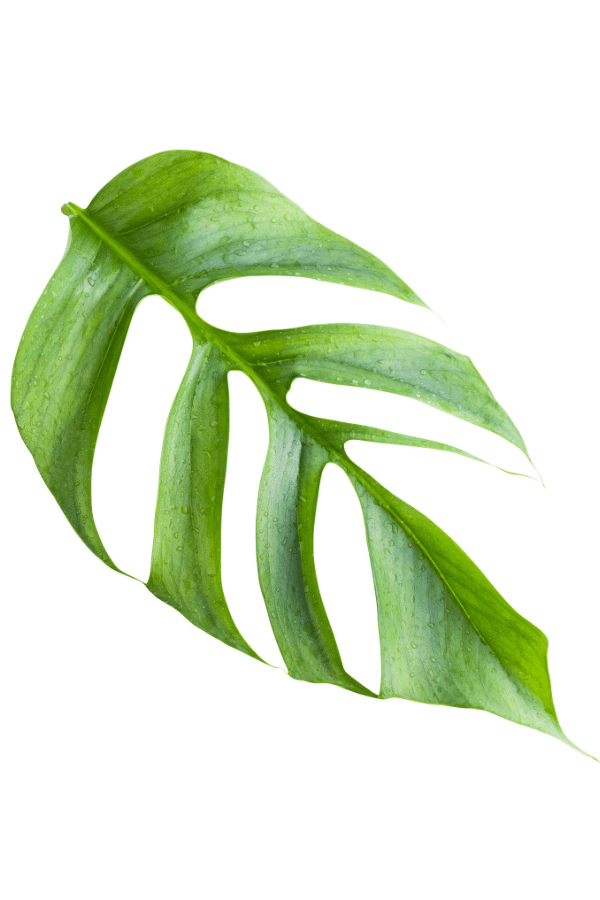
Epipremnum Pinnatum, also known as Dragon Tail Plant, is a tropical plant that belongs to the Araceae family. It is native to Southeast Asia and is widely cultivated as an ornamental plant due to its attractive foliage.
The leaves of Epipremnum Pinnatum are large, glossy, and have a unique shape that resembles a dragon’s tail. They are typically dark green in color and have a slightly wavy edge. The plant can grow up to 3 meters in height and has a climbing habit, which makes it an excellent choice for indoor gardens and green walls. Its leaves will split when it reaches maturity.
Epipremnum Pinnatum is a relatively low-maintenance plant that can thrive in various light conditions, from bright indirect to low light. This plant likes well-draining soil and requires a moderate watering schedule. Water when the plant feels dry. Overwatering could lead to root rot if the soil doesn’t have time to dry out a bit before re-watering.
Epipremnum Pinnatum, like Epipremnum Aureum, is known for its ability to purify the air. It is known to remove harmful toxins such as formaldehyde, benzene, and xylene from the air, making it an excellent choice for indoor environments.
Overall, Epipremnum Pinnatum is a beautiful and easy-to-care-for plant that can add a touch of tropical elegance to any space. Whether you’re a seasoned plant enthusiast or a beginner, this plant is an excellent choice for your indoor garden.
Differences Between Epipremnum Aureum & Epipremnum Pinnatum
When it comes to Epipremnum plants, there are two popular species that are often compared: Epipremnum Aureum vs Epipremnum Pinnatum. While they share some similarities, there are also some notable differences between them.
One of the most obvious differences is the appearance of the leaves. Epipremnum Aureum, also known as Devil’s Ivy, has heart-shaped leaves with a glossy texture, this is the regular Pothos plant. Epipremnum Pinnatum, on the other hand, has elongated leaves with a matte texture. Additionally, the leaves of Epipremnum Pinnatum have a unique, wavy edge with fenestrations.
Another difference between the two species is their growth habits. Epipremnum Aureum is a climbing plant that can grow up to 40 feet tall if given enough support. It is often grown as a trailing plant or trained to climb a trellis or pole. In contrast, Epipremnum Pinnatum is a more compact plant that grows in a rosette shape. It can still climb but is less vigorous than Epipremnum Aureum.
Finally, there are some differences in the care requirements for the two species. Epipremnum Aureum is a relatively easy plant to care for and can tolerate some neglect. It prefers well-draining soil and should be allowed to dry out slightly between waterings. Epipremnum Pinnatum, on the other hand, is more sensitive to overwatering and requires well-draining soil that is kept evenly moist.
Similarities Between Epipremnum Aureum & Epipremnum Pinnatum
Regarding similarities between Epipremnum Aureum vs Epipremnum Pinnatum, there are several things to consider. First and foremost, both plants belong to the same family, Araceae. They are both epiphytic plants, meaning they grow on other plants in their natural habitat.
Belonging to the same Epipremnum genus is another similarity. While all Epipremnum Aureum plants are considered pothos, some Epipremnum Pinnatum are also considered pothos plants.
Another similarity between Epipremnum Aureum and Pinnatum is that they are both considered to be air-purifying plants. They are known to remove harmful toxins from the air, such as formaldehyde, benzene, and trichloroethylene. This makes them a great choice for indoor plants, as they can help improve the air quality in your home or office.
When it comes to propagation, both plants can be propagated through stem cuttings. This means that if you have one plant, you can easily create more by taking cuttings and propagating them in water or soil.
While there are some differences between Epipremnum Aureum and Pinnatum, there are also many similarities. Both plants are beautiful, easy to care for, and have air-purifying qualities. If you’re looking for a new plant to add to your collection, either of these plants would be a great choice.

